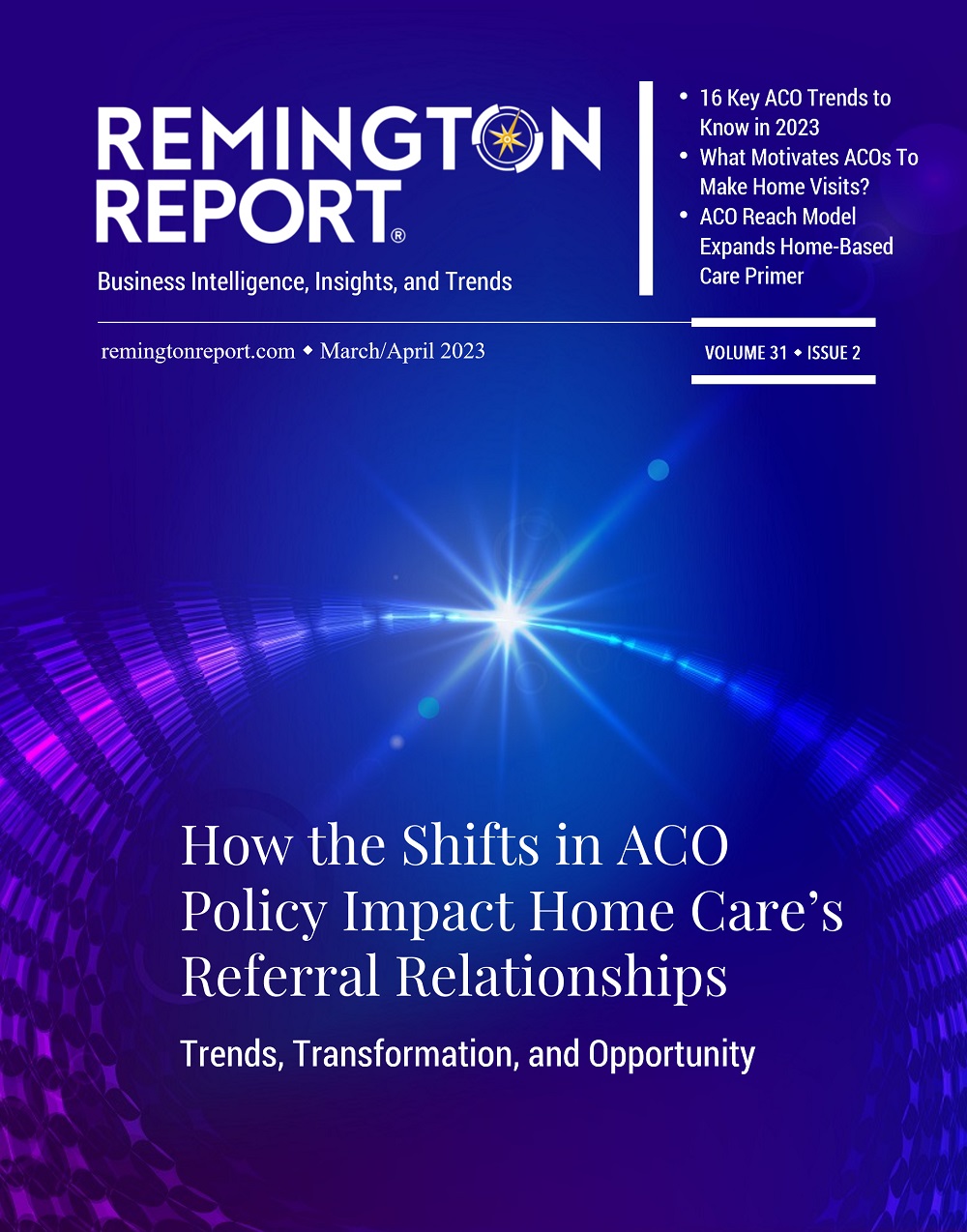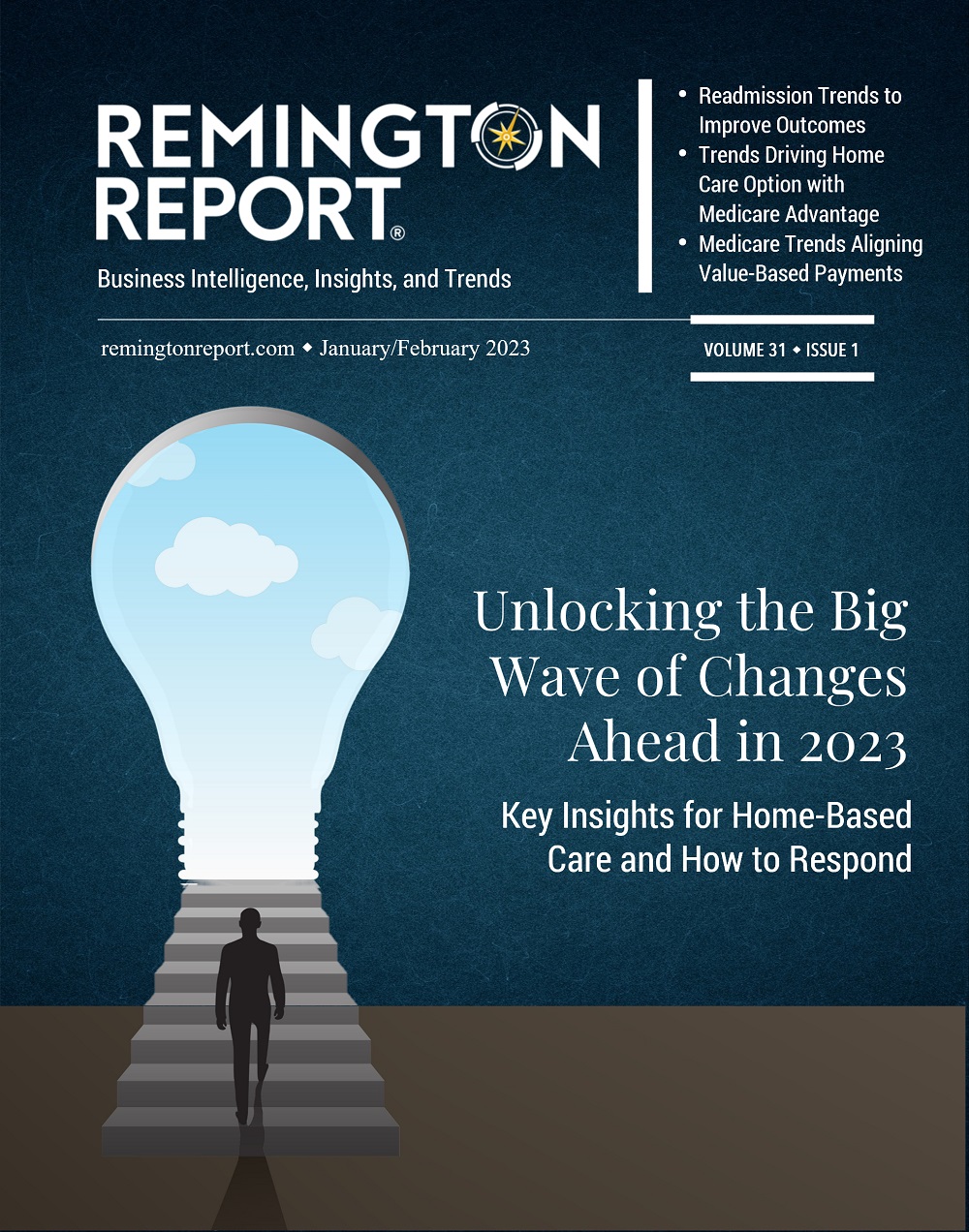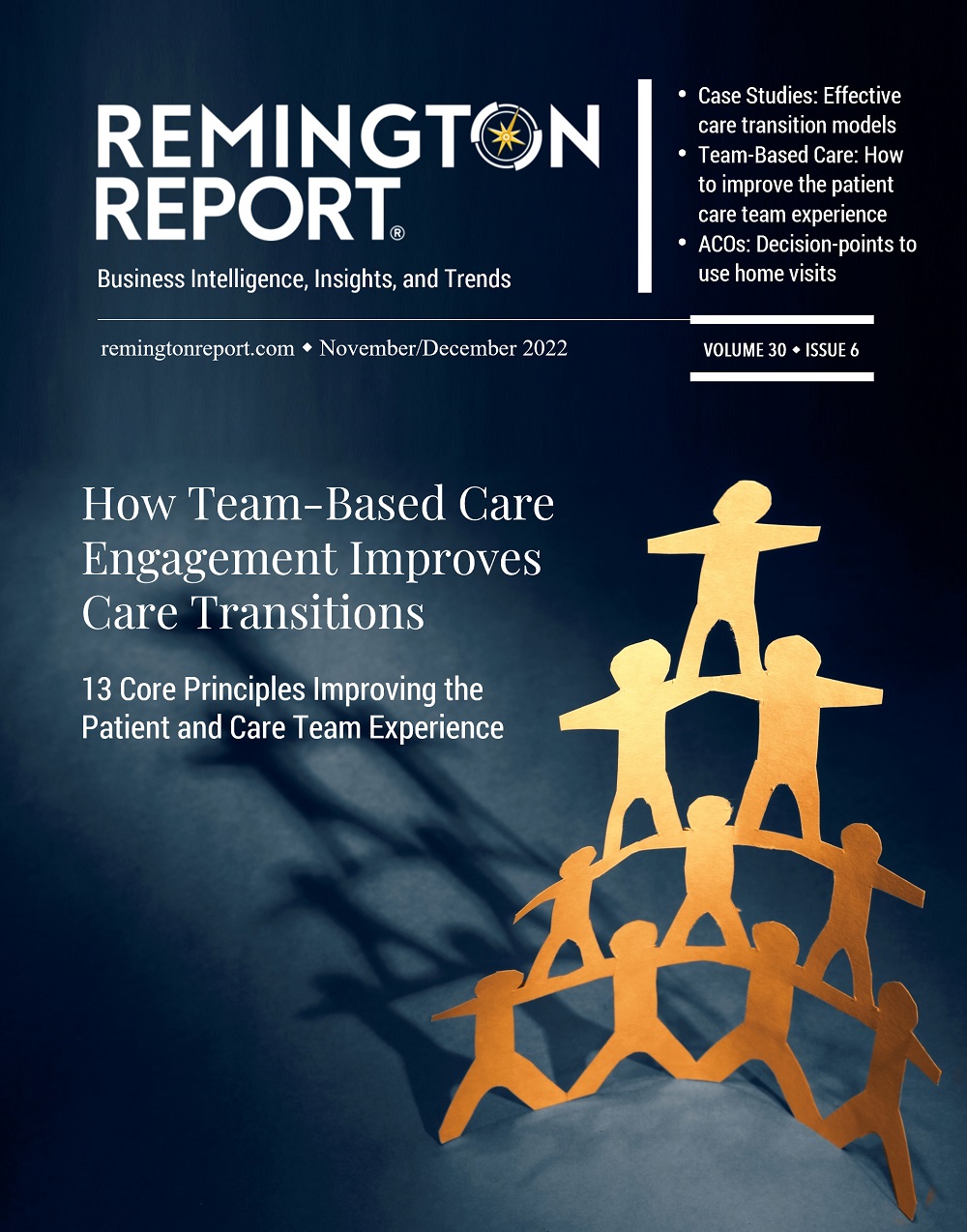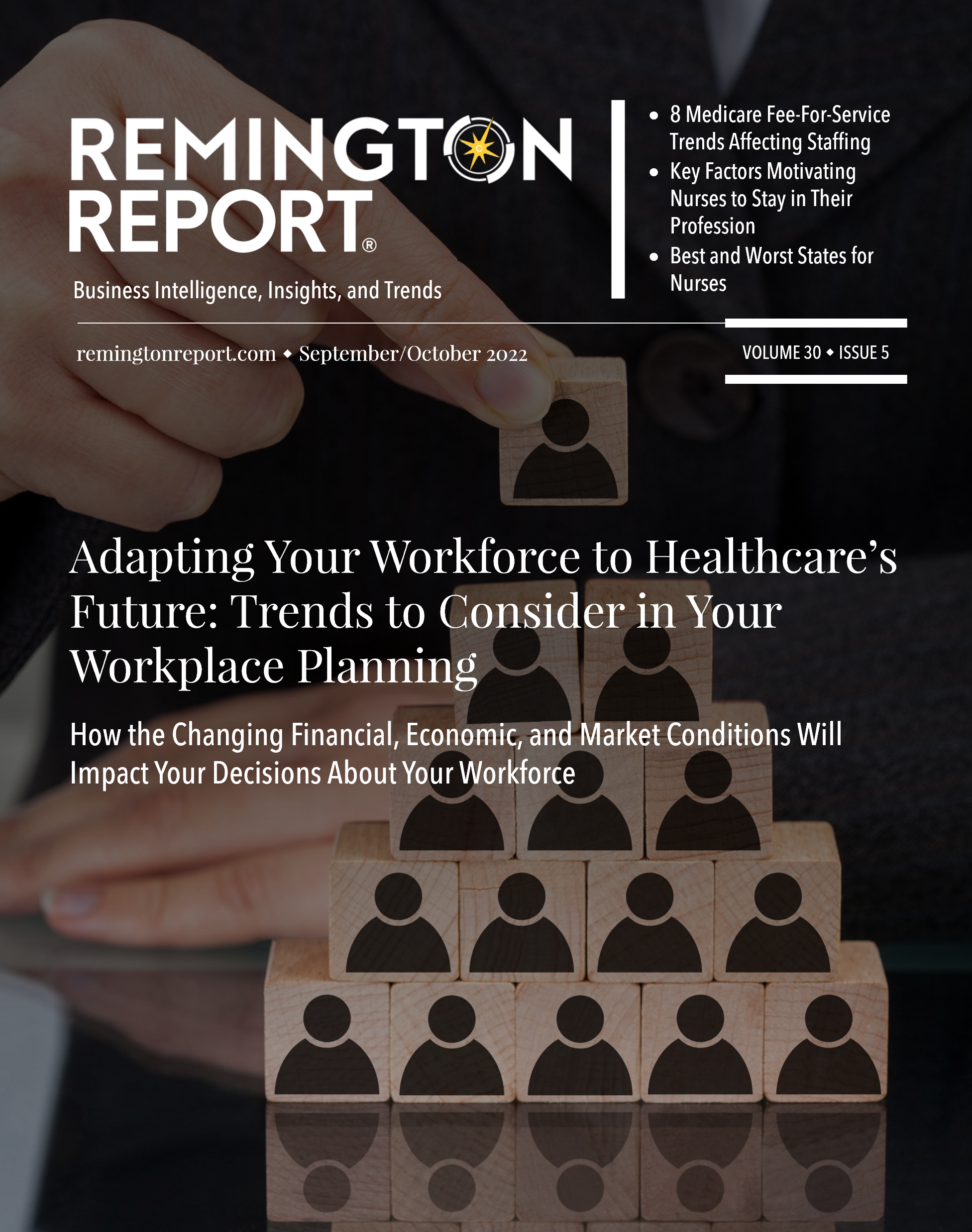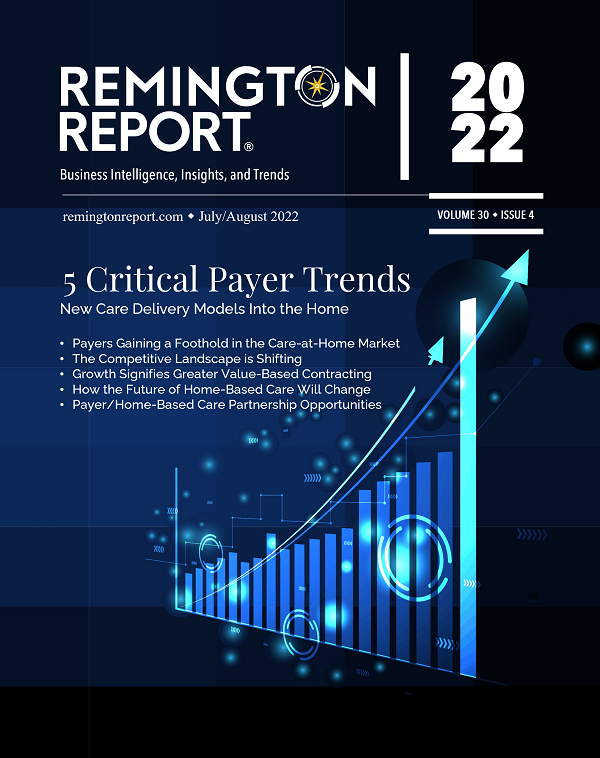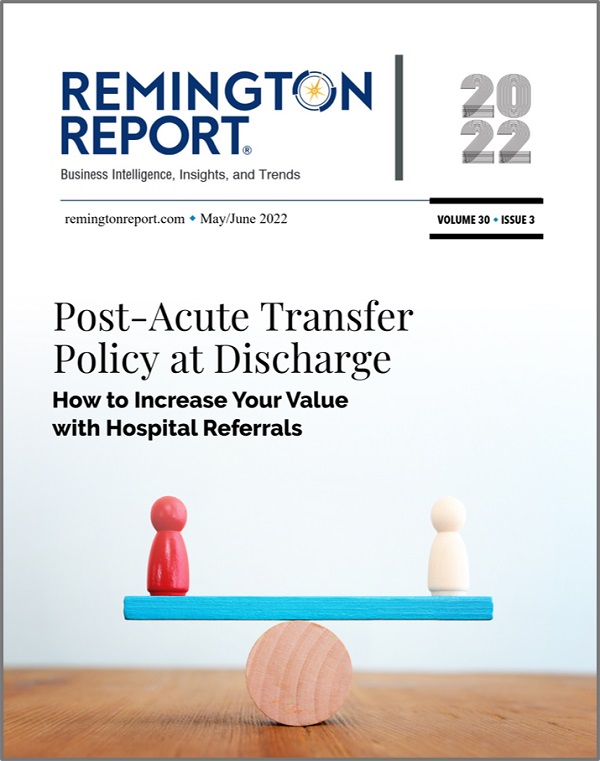Adapting Your Workforce to Healthcare’s Future: Trends to Consider in Your Workplace Planning
How are the changing financial, economic, and market conditions impacting your decisions about your workforce?
A major change is coming that will determine your future staffing needs.
Workforce Planning
CMS is aligning value-based arrangements across traditional Medicare programs. In our article, “Workforce: How Will Medicare Fee-For-Service Trends Change the Way you Think About Future Staffing Needs?” we discuss the 8 key trends describing each traditional Medicare program and how CMS is aligning value-based care. This is especially valuable information to consider future staffing needs.
Workforce Analysis: Retention and Growth Areas
Getting ready for the change in traditional Medicare dovetails with healthcare’s immediate challenge relating to the crisis level of the nursing shortage. In our research, we found key insights to share with you to analyze the nursing workforce. In a comprehensive survey, multi-level information has determined the decisions impacting the most crucial factors for job satisfaction, salaries, and benefits. Read the findings in “Workforce Analysis: What Are the Key Factors That Would Motivate Nurses to Stay in the Profession?”
We dive into the growth areas of the labor force: nurse practitioners, home health aides and personal care aides, and the best and worst states to work in. “How is the Role of the Nurse Practitioner Changing?” across the U.S. and their mean salaries is the overview of how quickly nurse practitioners are growing and in what areas of healthcare. Key metrics by each state suggest the best and worst states for nurses. See “The Workforce Analysis: What Are the Best States for Nurses to Work In? The Worst States?” One of the fastest growth areas for all healthcare is home health and personal care aides. Our analysis in “Job Outlook for Home Health and Personal Care Aides” breaks it down by state and wages.
More attention is being paid to the rural community workforce in “Workforce: Rural Communities Get Investment to Improve Health Care Workforce and Access and Public Health” indicates where $60 million in investments is available from four HRSA programs.
Technology and Workforce Solutions
Solutions to workforce challenges are focusing on technology. From a market perspective, a new analysis says 92% of Medicare beneficiaries received telehealth visits from their homes. Smartphones, tablets, internet usage, and YouTube are increasing in use by seniors. See the article, “Analysis: Seniors Usage of Technology and Telehealth are Growing.”
Three special industry reports address how technology is addressing workforce challenges, work-life balance, better communications, and efficiencies.
- 11 Strategic Actions to Improve Care Team Productivity
- 4 Care Transition Challenges and How to Solve Them
- Staffing Strategies: Efficient Ways to Leverage Scheduling for Improved Staffing Utilization and Increased Continuity of Care
The Remington Report has been published since 1993 and is read by healthcare decision-makers across the United States. The magazine is a leading source of strategy, business insights, cross-continuum innovations, and future planning. The Remington Report provokes thought leadership and real-time solutions for executive decision-making to reach beyond the status quo.
The magazine offers insightful articles and real-world examples to provide you with information beyond the news headlines. We connect the headlines to the impact it has on your organization.
Interact, engage, and be a hyper-connected decision-maker!

Lisa Remington is widely recognized as one of the foremost futurists in the home care industry, focusing on healthcare trends and disruptive innovation. She serves as the president and publisher of the Remington Report magazine and is also the President of Remington’s Think Tank Strategy Institute. Lisa provides strategic advice and education to over 10,000 organizations, assisting them in developing transformative strategies for growth and their future implications. She closely monitors complex trends and forces of change to develop effective strategic approaches.



